Unprecedented collection of Illinois music history at Abraham Lincoln Presidential Library and Museum
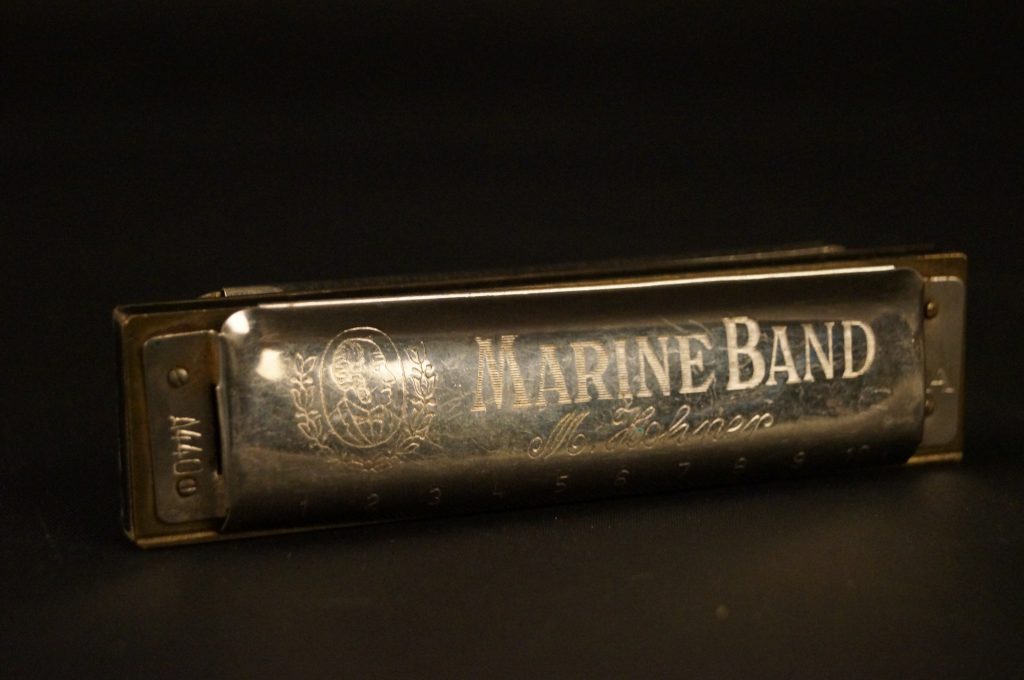
Howlin’ Wolf harmonica, 1950’s (On loan from Bettye Kelly.)
SPRINGFIELD, Il.–”The State of Sound: A World of Music From Illinois” has been called one of the most ambitious exhibits in the 16-year history of the Abraham Lincoln Presidential Library and Museum (ALPLM) in downtown Springfield.
“The State of Sound” features Miles Davis’s custom-made red trumpet, Steve Goodman’s handwritten lyrics to “City of New Orleans,” Mahalia Jackson’s first Decca record from 1937 , and Curtis Mayfield’s 1970s paisley pants and vest suit. There are more than 125 artifacts that relate to the history of contemporary music in Illinois. The exhibit opens on Friday and runs through January 23, 2022. The exhibit is free with $15 museum admission. In May and June, the exhibit is also free with proof of full COVID vaccinations.
Please get tickets here before visiting the ALPLM.
Is it the most comprehensive contemporary music collection in an Illinois museum?
Probably. There’s only so much room in the museum’s 3,000 square foot Illinois Gallery, a space used for highlighting Illinois history. But there are Frankie Knuckles’ historic house music Technics turntable and Jimmy Chamberlin’s global warming drumhead created by designer Shepard Fairey for the Smashing Pumpkins. Fairey became known for his 2008 Barack Obama “Hope” poster.
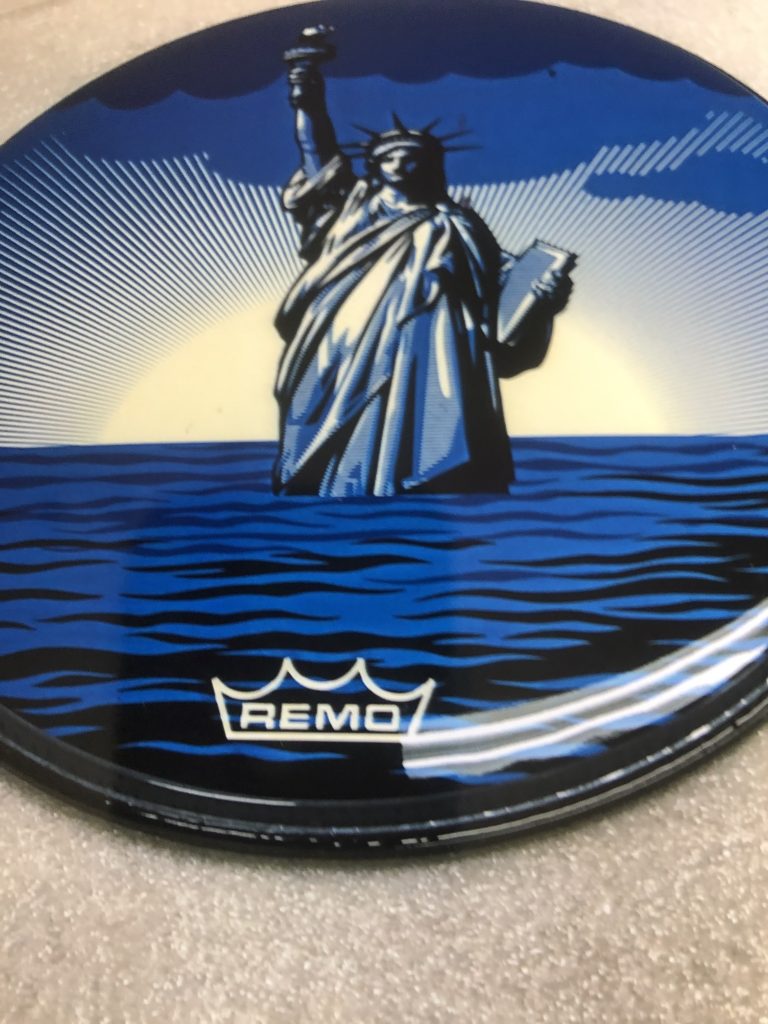
Smashing Pumpkins drumhead (on loan from Jimmy Chamberlin.)
“Illinois artists helped shaped the sound of blues, gospel, soul, and house music,” said Lance Tawzer, the presidential library’s director of exhibits. “No exhibit could capture all of this state’s music history, but we think ‘State of Sound’ will give visitors new insights and introduce them to some artists who deserve a wider audience. A museum should be a conversation starter.”
On April 19, the State Journal-Register’s Steven Spearie wrote about former Chicago History Museum president Gary Johnson being chosen as the new chair of the ALPLM board of directors. Spearie said “The State of Sound was one of ALPLM’s most ambitious exhibits, citing “one-of-a-kind artifacts, short films on different musical genres and a working radio studio.”
I was hired to develop the exhibit’s text, documentary scripts, and other written material including a 36-page catalog that will soon be available in a $30 VIP package along with a t-shirt, guitar picks, and more swag.
“The State of Sound” was my third collaboration with Tawzer. In 2013 I wrote the text and the catalog for “Shutter to Think: The Rock & Roll Lens of Paul Natkin” and in 2017 I wrote the text for “Disco Demolition: The Night Disco Died.” Both acclaimed exhibits were presented at the Elmhurst History Museum where Tawzer was curator of exhibitions.
We’re proud of “The State of Sound,” especially when you consider that Illinois has no permanent museum that honors its musical legacy. Tawzer did partner with the non-profit Illinois Rock and Roll Museum that is slated to open later this year in Joliet. “The State of Sound Podcasts” will air from the ALPLM studio on that museum’s excellent online “Road To Rock Radio” that features Illinois music 24/7 .
The loans from the families of Dan Fogelberg and John Prine moved me. The thank you letter Lawrence Fogelberg wrote to his son after he recorded the “Leader of the Band” is an example of what makes a museum visit memorable. It strips away the glamour of rock n’ roll to a common human denominator. I kept bugging Tawzer to get a Christmas tree from Prine’s Oh Boy Records. The Maywood-born singer-songwriter loved Christmas and kept an artificial tree year-round in his office. That turned out better than we thought. (Here’s the Prine museum backstory.) Tawzer drove around Illinois in snowstorms and a pandemic picking up many of the artifacts. Others were shipped to Springfield. He worked with the Rock & Roll Hall of Fame and Museum.
Tawzer said, “Some artists spend time thinking about it, others say, ‘Borrow that guitar. I don’t play it anymore.’ That’s the case with Jeff Tweedy’s Telecaster. He wrote a lot of songs on it and took it on tour but it doesn’t stay in tune as well as it should. So it’s a good one for us to have for a year.” Some artifacts were easier to obtain than others.
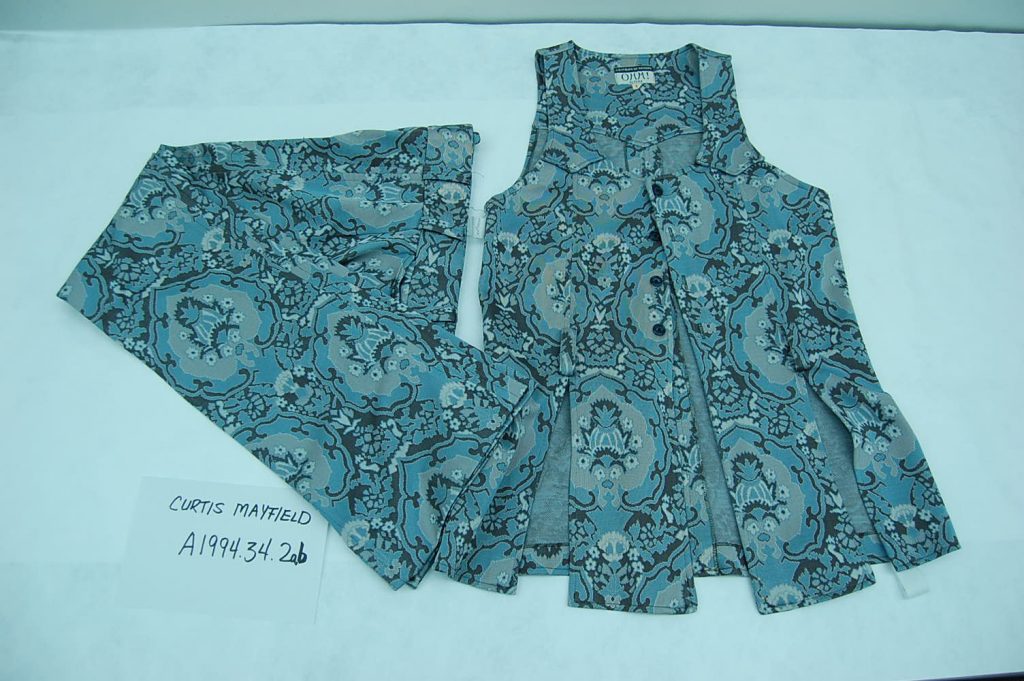
1970s era paisley pants and vest worn by Curtis Mayfield (On loan from The Rock & Roll Hall of Fame and Museum.)
Tawzer, 56, is a positive spirit. Between 1983 and 1986 he played bass and sang backing vocals in the alt-rock band Material Issue and in 1995 he co-hosted a morning show on alt-rocker Q-101 in Chicago. Between 2008 and 2017 he was at the Elmhurst museum and from 2017 to 2019 he was Director of Innovation and Experience at Naper Settlement in Naperville.
Tawzer started at ALPLM in September 2019. Although most museum exhibits are planned out three years in advance, there was no show slated for 2021 in the Illinois Gallery. Tawzer and I began talking about “The State of Sound” in the fall of 2019. He called on our friend Paul Natkin to secure historic music photography. Six months later we were at the beginning of the pandemic.
“We had ideas about creating tactile experiences, touch screen interactive things,” Tawzer said during an extended conversation in his office. “So now all the videos come on with a motion sensor. We ended up working with Shure, who donated a ton of headphones. Patrons pick up a pair of sanitized headphones on their way in, put them on and go to each of the stations, and listen to this documentary. Or listen to what’s going on in the radio studio.”
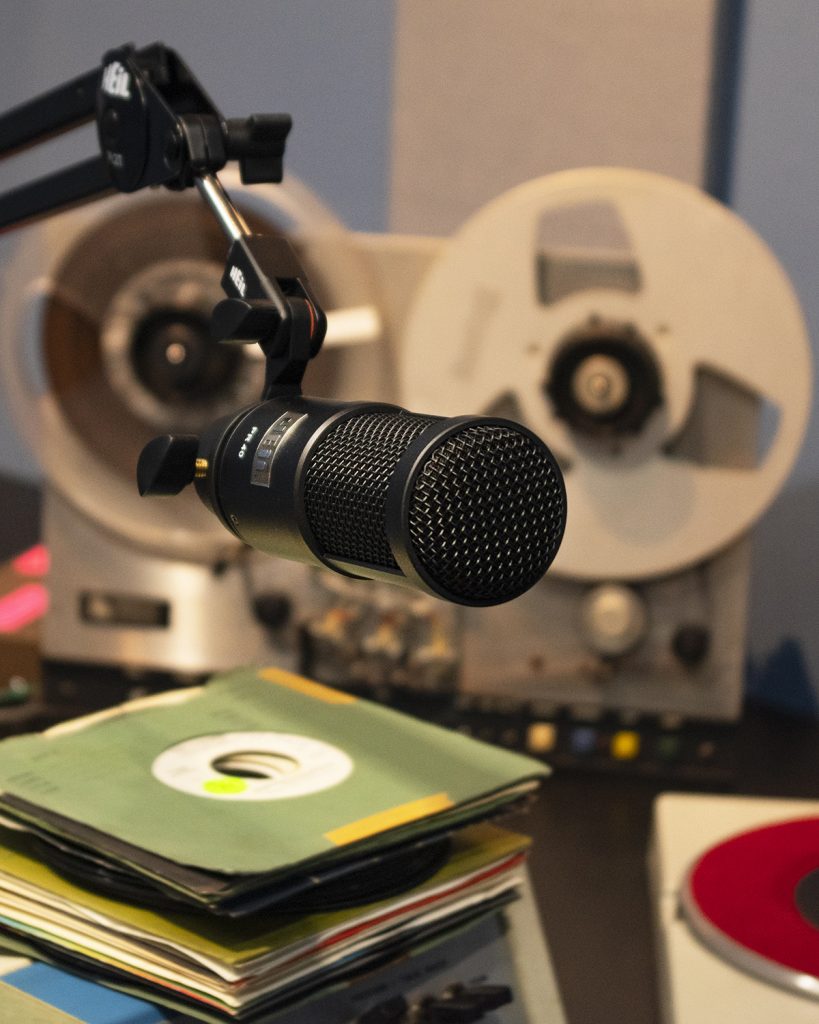
State of Sound Radio Studio.
The gallery has taken on an industrial backstage vibe featuring a freight elevator, road cases, gear, and guitars. For starters, there’s Buddy Guy’s signature polka dot Fender Stratocaster and Carl Sandburg’s Washburn guitar. Speakers pulsate. The VU (Volume Unit) meters go up and down. Patrons are encouraged to social distance six feet and four inches, which was the height of President Lincoln. Expect some outdoor concerts this summer in a park across the street from the museum.
The project was broken down into genres: Blues, Folk, Gospel, Industrial/Metal, Americana-Country, Ethnic (including polka. Irish, Mexican), Alternative/Punk, Rock, Soul music, Jazz, Disco/House, Rap & Hip Hop, Power Pop, Radio, Record Labels, and Gear.
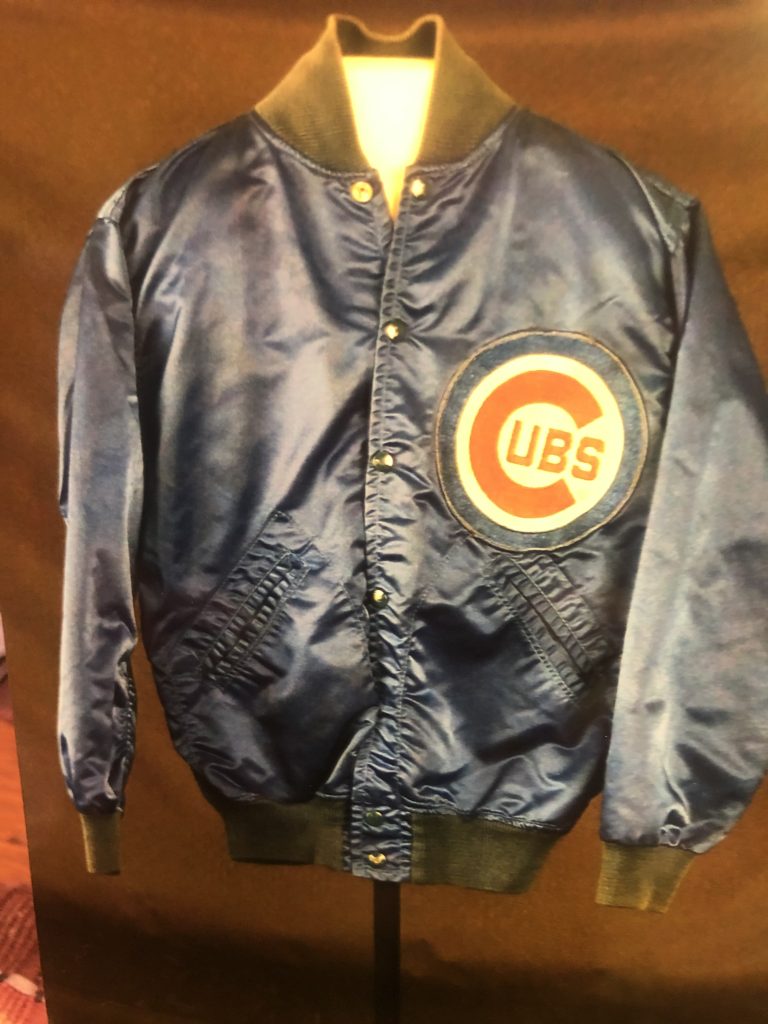
Steve Goodman’s beloved Cubs jacket. (On loan from Rosanna Goodman.)
I wanted the scripts to balance between informative and uplifting. We are living in fragmented times and I tried to show how music can be a unifying force. We wanted to celebrate the diversity of Illinois’ musical landscape. I also did not want to talk down to people from an academic perspective.
Tawzer explained, “There must be a way to address pop culture from an integrity standpoint. So you don’t play to reaffirm an already understood culture on a subject. It takes a bit for me to get my head around what the story is. I don’t pitch ideas until I know I have a story. With Disco Demolition, I knew there was a lot more than just ‘celebrating’ a riotous act, or whatever the public consciousness is of that. It wasn’t until I read the book (“Disco Demolition: The Night Disco Died” that I wrote with Steve Dahl) and had enough conversations, I thought there was a story there. It was more about rock and disco culture, the sequence of circumstances. We went into racism and the birth of house music, the things that were in the book.”
Tawzer’s open mind has allowed all of his exhibits to breathe. They have been educational and fun. At Elmhurst, he did the popular exhibit on Ronco products “But Wait, There’s More!” with recently retired City of Chicago historian Tim Samuelson, who collects Veg-O-Matics, Chop-O-Matics, and more.
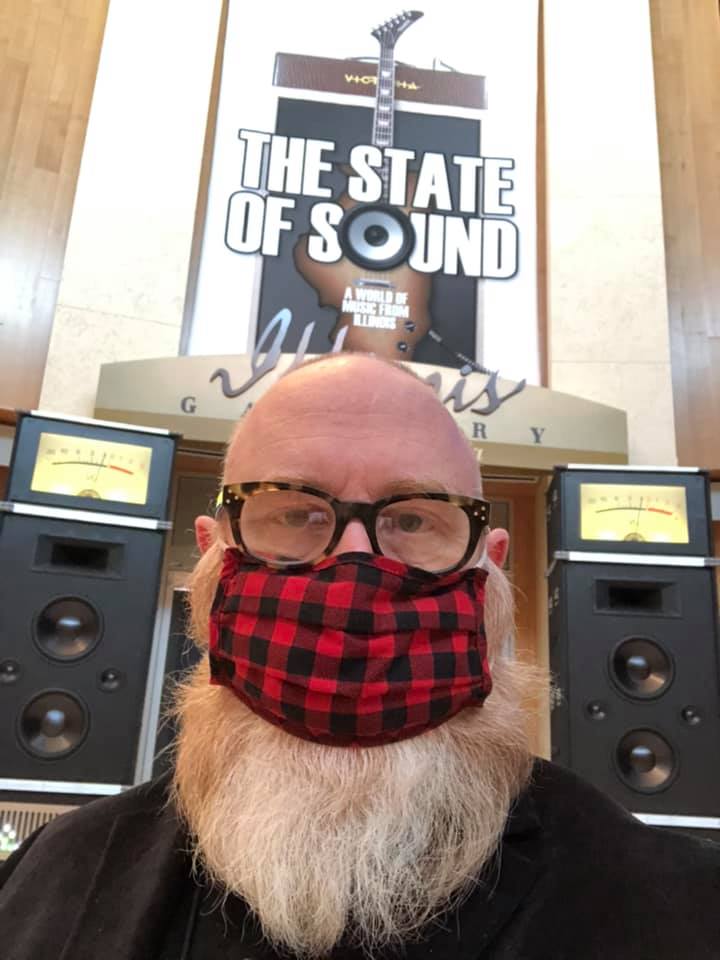
Director of exhibits Lance Tawzer working on exhibits last weekend.
“There are no stupid ideas,” Tawzer said. “We have an Exhibit Development Committee. I pull people from different walks of life here at the museum. People have been here a long time and some people are new. Our staff is 90. I pulled maybe 20 for this. In the end, what makes a good exhibit is if you have thought about the patron the most, rather than ‘this is what’s important.’ People will like this.
“People will walk away with a new level of understanding about the state in which they live. In one of our meetings, someone said we should be celebrating things that came from Illinois (in the gallery.) Music came up. It came down to, ‘Can we tell the story in the space?’ which was one of my concerns because the scope kept growing. Is there a void of understanding? Do people realize all these artists came from this one state or launched their careers here? Louis Armstrong counts. Buddy Guy counts.
“We also realized that people in central Illinois have a chip on their shoulder about the state being top-heavy. There are good stories all over the state. (Central Illinois stars like Alison Krauss, REO Speedwagon, and jazz singer June Christy are represented.) We understand that any time you do a project like this, somebody is going to walk through and go, ‘How can you do this without so-and-so?’ It’s going to happen. We had to be concise about each of these genres knowing that the attention span of people walking through the space will be pretty low.”
Melissa Coultas, acting executive director of the ALPLM said, “Few states can match Illinois for the breadth of its musical legacy. Illinois artists played huge roles in the blues, gospel, and soul. They broke new ground in jazz, took country to places it had never gone before, and brought down the house with the sheer power of rock and roll.”
The $100,000 exhibit was made possible by generous support from Shure, Inc., The Staley Family Foundation, Comcast-NBC/Universal, and Heartland Credit Union.
* * *
“The State of Sound” is part of Lance Tawzer’s state of mind.
Tawzer graduated from Wheaton North High School in 1983 and joined Material Issue as a bass player and backing vocalist. He taught himself graphic design before doing the band’s flyers and later sports programs at Elmhurst College. At age 24, Tawzer enrolled in Elmhurst College where he earned a Music Business degree. He also became a guitarist in the popular alt-rock band The Lupins that formed in 1990 at the school.
The Lupins were a guest on the late Carla Leonardo’s local music show on Q-101 (WKQX-FM.) The band had just been signed to RCA records and they opened a show for the Counting Crows where they met Q-101 program director Bill Gamble backstage. “He thought we were funny,” Tawzer said. “He called us the next day and asked if we’d consider doing a ten to midnight shift on Friday nights. We were paid $500 a week.”
The show featured Tawzer and lead singer Stoley who also was an actor on “Late Night With Conan O’Brien.” The “Lance and Stoley” show did so well they were bumped up to five nights a week. “We started getting people on like Liz Phair,” Tawzer said. “She did the artwork for our first album (“Slob,” 1993.) We knew Urge Overkill and others and got them to come on the radio. We were a little unruly and probably not good radio but we were having fun.”
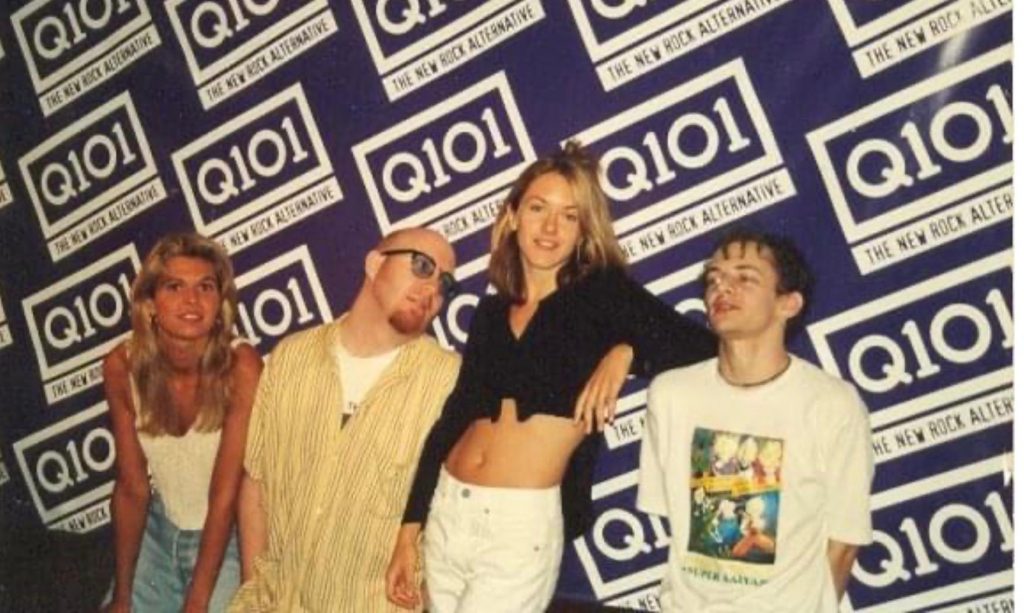
Having fun with Liz Phair; from L: Q -101”s Brooke Hunter, Lance Tawzer, Liz, and Stoley. (Courtesy of Lance Tawzer.)
Q-101 morning host Robert Chase went on vacation for a week and “Lance and Stoley” were asked to fill in. “Our whole shtick was that we weren’t DJs, we were slacker band guys,” Tawzer said. “Bill Gamble was interested in trying to beat Mancow.” The “Lance and Stoley” morning show debuted in 1995 and they continued with madcap humor and interviews with musicians like Matthew Sweet and Echo & the Bunnymen. Chase was moved to evenings.
“The first three months were okay, although Stoley was struggling with the hours,” Tawzer said. “The good part was that we were able to promote the hell out of our band. We did stuff like where we would trade something to our listeners. The best one was when somebody came to the radio station with a human brain in a jar. They traded it for a Nintendo system. I don’t talk about this much.”
Tawzer met his current wife Samantha Tuck at Q-101. They are now the parents of Evan, 23, and Henry, 20. The native of Reading, England was a Q-101 DJ who worked under the name of Samantha James. Tawzer proposed to her on the air in 1996. One door opened and another door closed. The “Lance and Stoley” show only lasted a year and then The Lupins broke up.
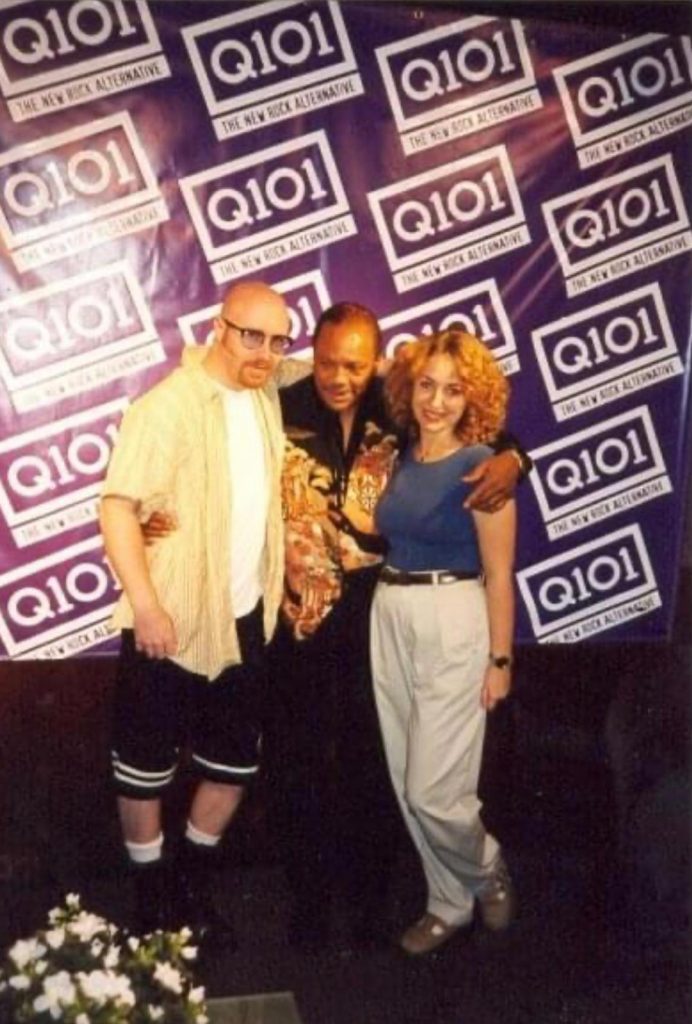
Lance Tawzer, Quincy Jones (center) and Lance’s new bride Samantha. Quincy went to the wrong radio station in the Merchandise Mart but was a good sport and let Q101 interview him. (Courtesy of Lance Tawzer.)
Tawzer wanted to re-enter the world of graphic design but felt sheepish looking for jobs in the Chicago market as an out-of-work radio guy.
So in 1998, the young couple moved to Midland, Mi. where Tawzer became a graphic designer for an exhibit company. “The first project I worked on was ‘Life Underground’ in the Field Museum,” he said. “The light bulb moment was that something I create is going to be in this museum and it is more important than if I did a billboard for a home builder at an ad agency.”
Tawzer spent the next two years doing graphics for museums across America. He then became a project manager for a museum design firm in Washington, D.C. In 2003 he designed the Dayton Aviation Heritage National Historical Park for the National Park Service in Dayton, Ohio.
Tawzer came full circle when he was hired at the Elmhurst History Museum. “They were this dusty old museum that had done quilt shows and crafts,” Tawzer said. “They were looking for someone to put them on the map.” Mission accomplished.
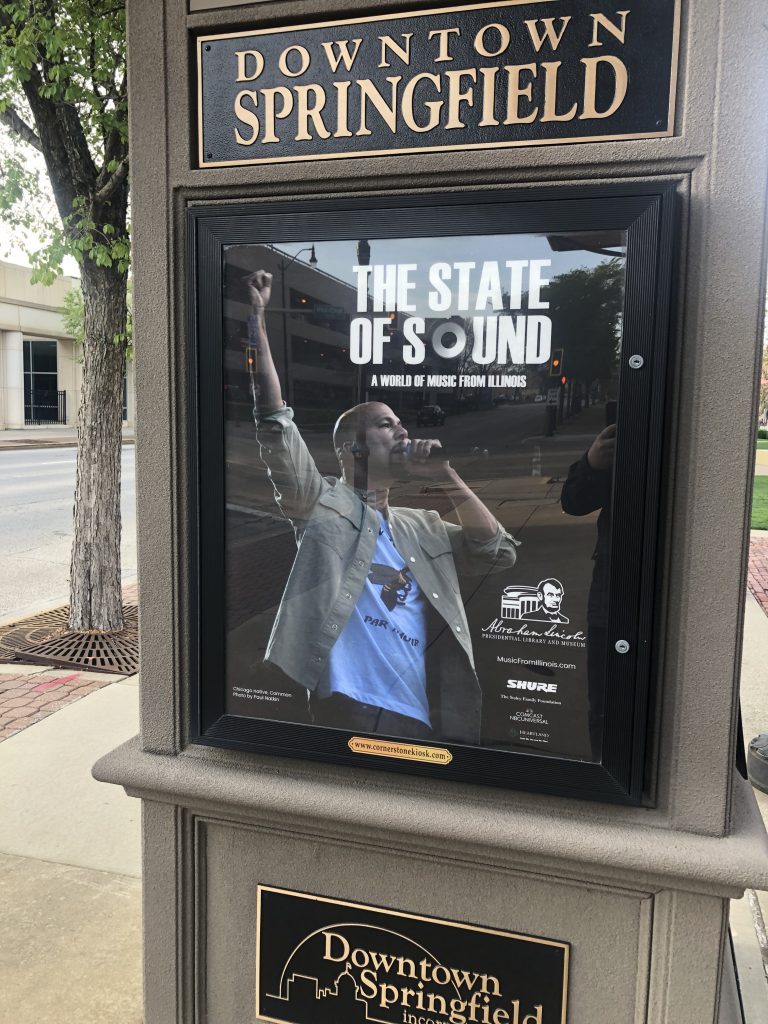
Common photo by Lance Tawzer
“I am an out-of-the-box museum professional,” Tawzer said before he went to a shelf to show off his talking Abraham Lincoln action figure (circa 2003.) “I don’t have a museum science degree. But there’s a new wave in museum leadership. Just like any other cultural entity we are under threat that people think they don’t need to go to museums anymore because all the answers are on their phone.
“We’re foolish if we think that people will just come because ‘the scholarship’ is there. You see some people turn their nose up when the Museum of Science and Industry does something on Marvel Comics or Harry Potter. People who care about those stories get something out of it.”
The ALPLM adult demographics are overwhelmingly white. “We get school kids from all over the state and that’s mixed,” Tawzer said. “We have instituted an inclusion and diversity program about hiring practices, but where we need to be reflective is how do we get more people of color to come through our door. This exhibit has the potential to do the programs that people of color would be interested in.
“When it comes to social commentary, museums have started to realize if they don’t take a position, they will never be taken seriously. There’s a movement within the field that museums should say, ‘This is our value system.’ Most history has been written by rich, white men. And here’s an opportunity for museums to be part of the conversation on how history is being reimagined.” “The State of Sound” is a grand catalyst for new horizons because the sound of music is always moving forward.

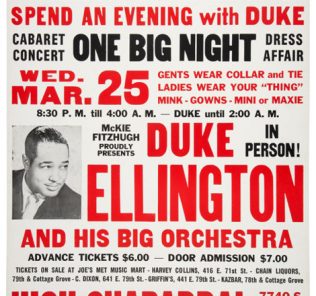
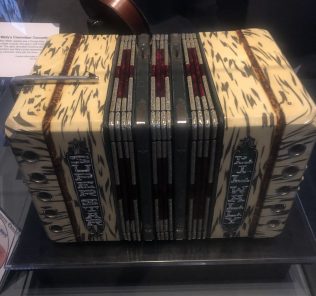
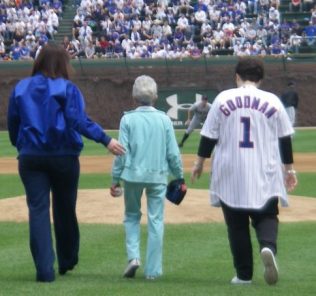
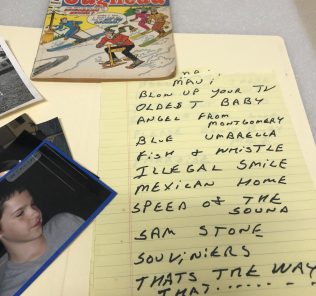


I am waiting for opening of rock and roll museum of Joliet, I must visit all these places..that’s just the history
State of Sound was a welcome addition to our Lincoln Museum trip. I can tell you all about Texas musical heritage and pedigree, but I knew nothing about Illinois. And I want to know more. But there were so many names that moved through the mini-documentaries that I couldn’t capture them all. I want to listen more to the country trio that were so influential and had a 15,000 song playlist. I want to know more about the African American man featured just after Mini Riperton. Is there a curated list of all these amazing musicians? I’ve been to the Spotify lists. They are okay but feature mostly the heavy hitters.
Please let me know if such a list exists.
And thank you for all you do for music.
Hey Craig,
Thanks for checking in…this is a good idea.
We are doing a podcast interview in the next couple of weeks with Jon Langford. Like myself, Jon was a champion of the Sundowners, the trio you speak of—so maybe we can sneak a little playlist somewhere on them. Those guys were something else. Stay tuned!
I visited the State of Sound over the holidays and was blown away! I was born in Chicago and have lived in the area all my life. Both my parents lived in Chicago and the surrounding area all of theirs. Music was a centerpiece of our lives, It was pure joy to be reminded of all the great talent and great spaces – watching the videos prompted so many memories. And yet, there were surprises too. People and events I hadn’t realized had Illinois roots. I was struck by how fortunate I’ve been to have this rich music culture as part of my personal history. Thank you for doing this. I can’t stop telling people about the exhibit. I hope you are considering making a DVD compilation of the exhibit.
Thanks so much for the kind words, Sandy.
Spread the word! I know the exhibit won’t be traveling as the precious loans have to get back to their owners but we will keep you posted. Did you get a copy of the exhibit catalog? Dave